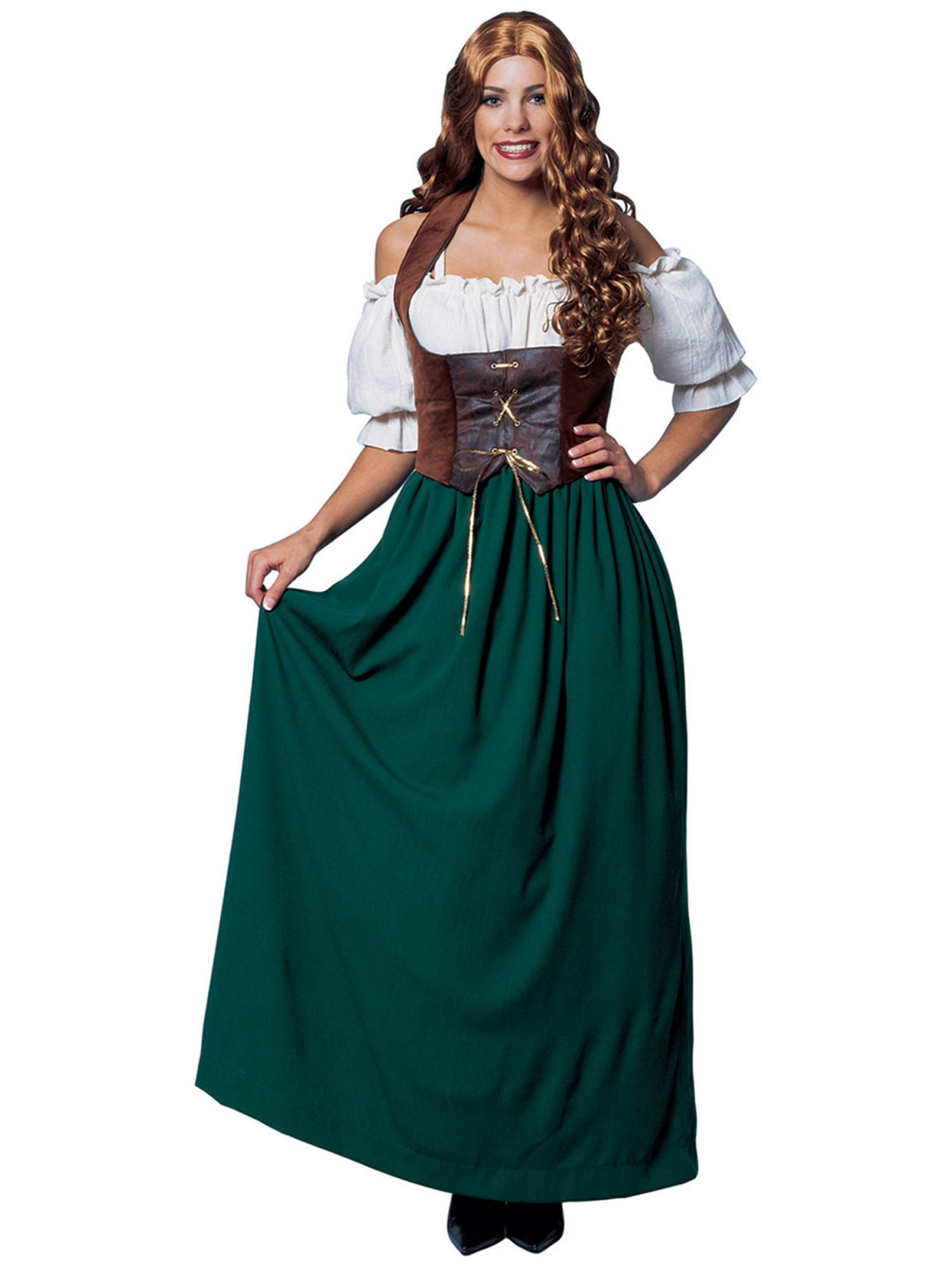


The other items we buy from specialist suppliers who come to the event markets like that at Tewkesbury.įor a list of all specialist traders for this period please visit the very good Histrenact web listings here.Medieval Peasant Clothing: Experience the PastMany people who are intrigued by Renaissance faires often wonder why people dress up in costumes. For colder days we also have some very attractive knee length woollen stockings which fall down a lot! Leather shoesĪpart from the shoes, belts, bags and badges all these items are made by us. We are lucky as we each have two pairs of footwear – we have boots as well for wet and cold days. On her feet she wears a pair of handmade leather shoes with leather soles.

Denise in blue linen kirtle with attached sleeves, headcovering and sunhat! Trish with wool kirtle with partly attached sleeves - these are only sewn on the top half - and headcoveringįor a huge list of links to pictures of different coifs please visit Larsdatter’s web site Long tailed coifsįor earlier period shows she would wear a rectangular strip of linen or muslin tied round the head with the ends twisted as shown below.Įllen with her earlier period headcoveringīelow are pics of my good friends Denise and Trish modelling their long sleeved kirtles (in Trish’s case made of wool) and early period headgear. On her head she is wearing a linen coif worn by both men and women in a variety of styles throughout the medieval period – no self respecting person would be in public with their hair uncovered and it also had a practical use in cutting down the spread of head lice! In the picture above she is wearing a later period (circa 15 century) coif which is not fitted to the head and can have long tails as in the picture of two girls from the Hussites below. They also make beautiful buttons, jewellery and gifts. This is one of the badges close up – these images are taken from the Lionheart Replicas web site – this is our main supplier for our pewter for badges and belts and my needlecase – the company is run by a very talented couple and the web site is well worth a visit if you are interested in the badges and their history. As well as pilgrim badges pewter badges were used to denote loyalty to households or trades, given as tokens of affection (or to show which brothels you had visited!). On the dress she has a selection of pewter pilgrim badges for decoration and to show that she is devout and has been on pilgrimage. Belts are very useful in an era where there are no pockets! Ellen's leather bag My belt with leather pouch, embroidered pouch and wooden rosary The pic below that shows some of the things I hang from my belt – I also carry a needlecase and scissors befitting my role as a seamstress and embroiderer.

She has a belt which is essential for holding her leather pouch and eating knife. For more info and some very good pictures of different period kirtles please visit Cadieux’s web site Kirtles in finer fabrics were also worn by upper classes and these would obviously be more embellished. Kirtles can also have short or 3/4 length sleeves and be made of wool. She has detachable sleeves with this dress that can be laced on at the arms again held by lucet thread – for practical reasons when it is colder. Her dress (kirtle) is linen again and is fastened by lacing with a thin linen lucet woven thread. The early period (circa 1300) ones have straight sleeves, those of the later period are gathered and the gathered neck enables you to wear it lower down if wanted as Ellen is doing. Here are Ellen and Jacob (or Rose and Arthur in role!) modelling the latest fashions circa 1350!Įllen wears a shift underneath her dress (or kirtle) – most of these are white that I have seen and are loose linen garments with a drawstring neck and they can also be worn as a night gown (hence nightshift). I dress like this at most of the larger events, as a water carrier on the battlefield and for comfort when it is cold as you can layer up more easily! Ellen and Jacob in peasant dress Most of us dress as peasants some of the time for practical reasons as the clothes that the upper classes wore are by their nature not suited to tasks that have to be done round the camp.


 0 kommentar(er)
0 kommentar(er)
